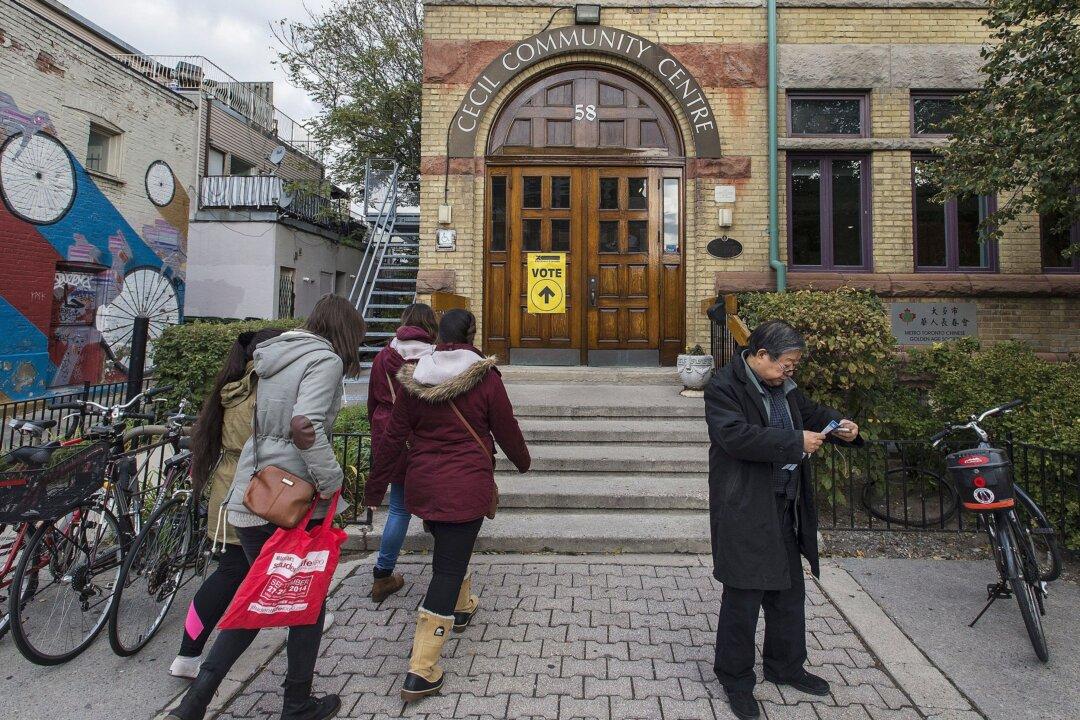This commentary by Morris W. Dorosh is followed by an excerpt from his book, “If You Ask Me: Reflections of a Canadian Conservative 2005-2018,” released on Oct. 1, 2019.
The federal government’s deficit for the 2018-19 fiscal year ending March 31 was $14 billion, down from $19 billion in the previous fiscal year and the year before that. Government revenue, wealth sucked out of the economy, rose 6.7 percent or by $21 billion last fiscal year, over twice the GDP growth rate. Government program expenses increased 4.7 percent and debt service costs by 6.3 percent.
